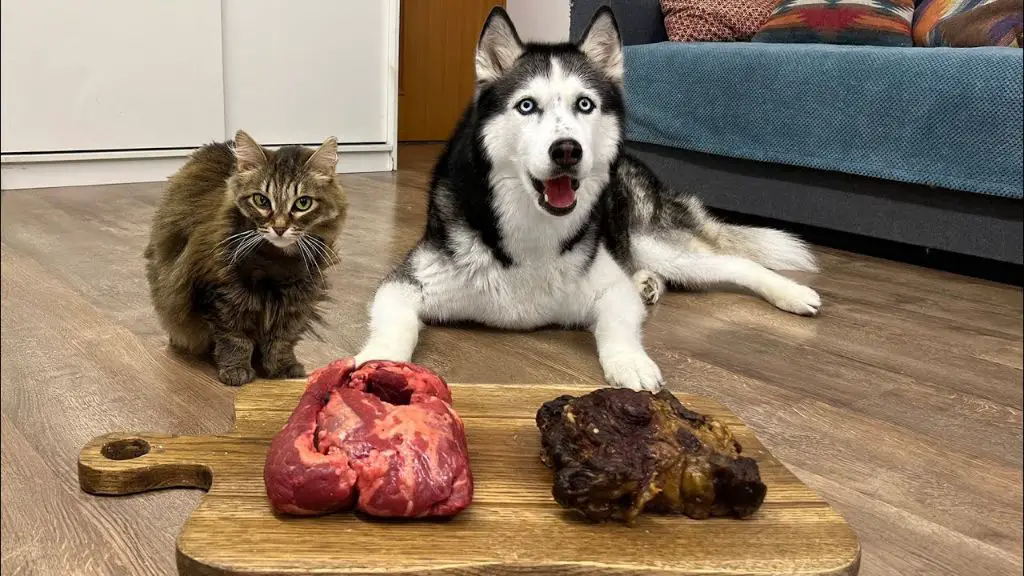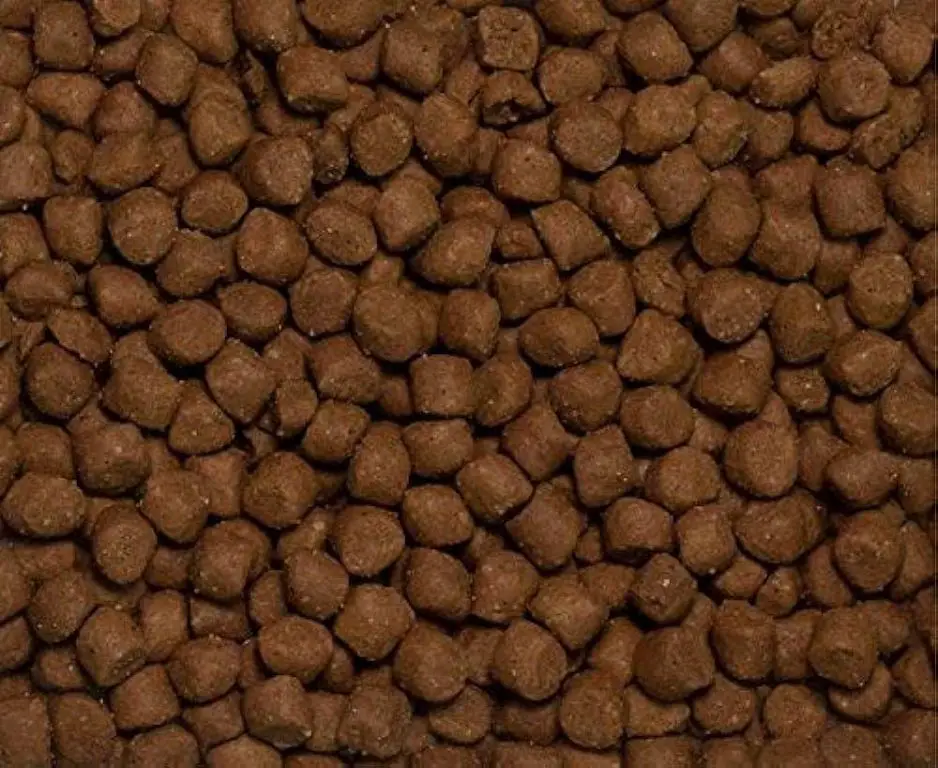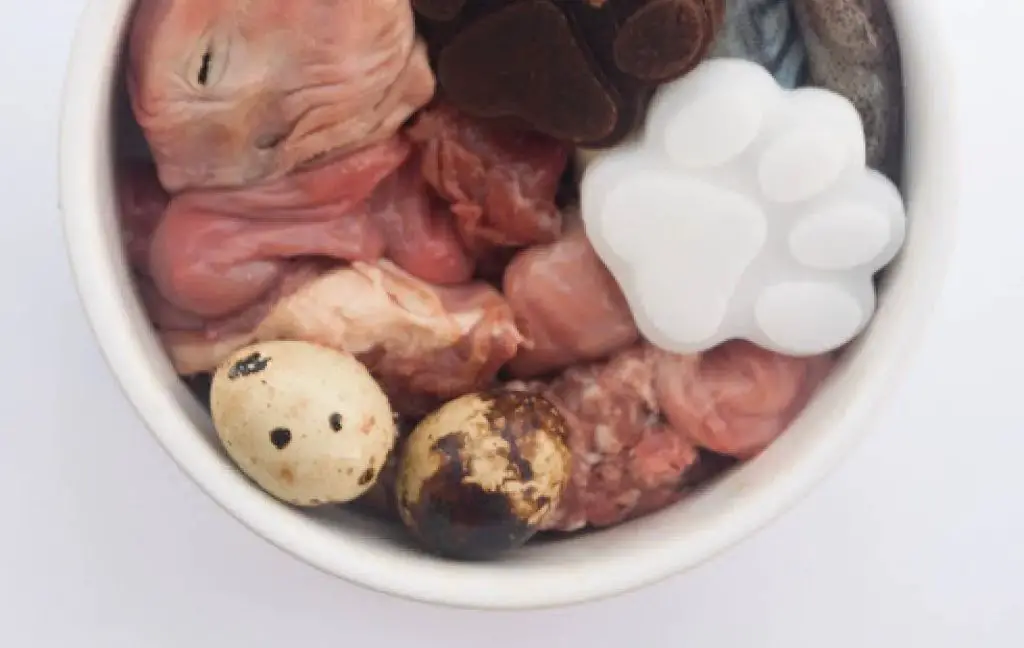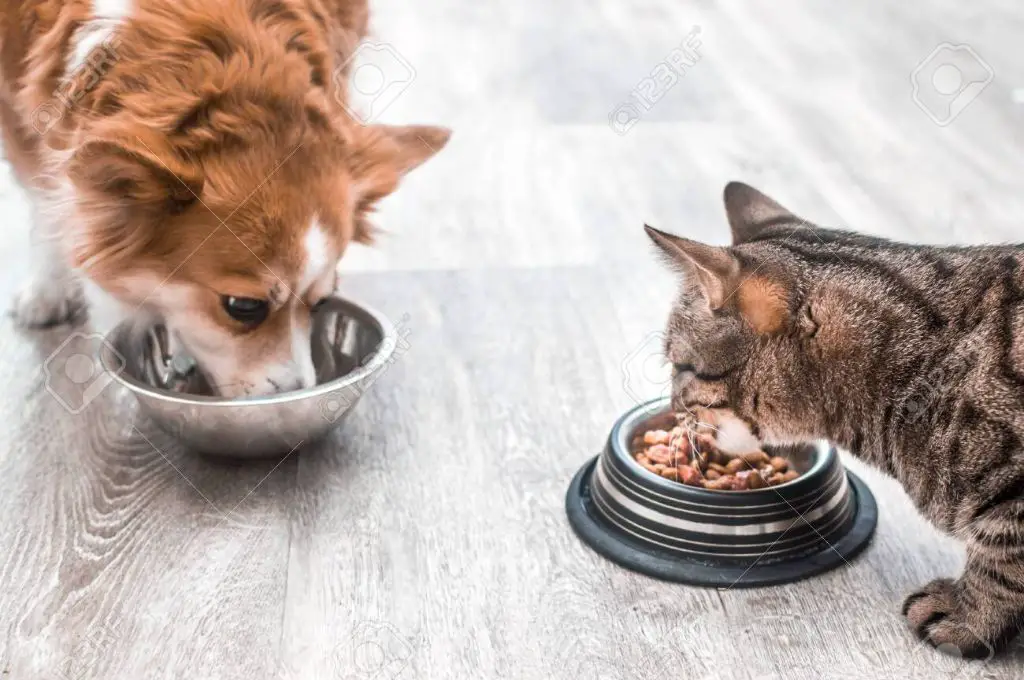Introduction
With the rise in popularity of raw and natural pet food diets, some cat owners may consider feeding their feline companions raw dog food rather than cat food. There are a few reasons why cat owners might opt for this approach:
- Raw dog food is more readily available in stores and online compared to raw cat food.
- Some owners believe dogs and cats should eat similar ancestral diets in nature.
- There is a perception that raw dog food is more natural and healthier than commercial cat food.
- Dog food is sometimes less expensive than cat food.
However, there are important nutritional differences between the dietary needs of dogs and cats that owners should consider before feeding raw dog food to cats.
Nutritional Differences Between Cats and Dogs
Cats and dogs have very different nutritional needs. Cats are obligate carnivores, meaning they must eat animal flesh to acquire certain nutrients. Dogs, on the other hand, are omnivores and can meet their nutritional requirements through plant and animal sources.

Cats require high levels of protein and fat, moderate amounts of minerals, and very low levels of carbohydrates. They need a diet high in animal-based proteins and lack the ability to synthesize certain essential amino acids like taurine on their own, so these must come from their diet.
Dogs are better adapted to eat a wide variety of foods. They have a more omnivorous digestion and can meet their needs for protein, fat, carbs and other nutrients through both plant and animal matter. Dogs also produce their own taurine, so don’t require it in the same high levels as cats.
Due to these differences, cat and dog foods are formulated to meet each species’ specific nutritional requirements. Food designed for one species may not fully meet the needs of the other and could lead to deficiencies over time.
Protein
Cats are obligate carnivores meaning they must eat animal-based proteins to acquire certain essential amino acids not found in plant-based foods. Unlike dogs, cats cannot synthesize some of these amino acids within their own bodies. Cats require almost 2-3 times more protein in their diet compared to dogs.
On average, cats need a diet with at least 26% protein whereas adult dogs only require approximately 18% dietary protein. Kittens require even higher amounts upwards of 30%. Since raw dog food contains much less protein than what cats need, it cannot sufficiently meet their higher protein requirements.
Feeding inadequate levels of protein can lead to muscle wasting and weakness in cats over time. It also puts extra strain on the liver and kidneys to synthesize missing amino acids. Thus it’s critical for cat foods to contain very high quality sources of animal-based proteins.
Fats
Cats require more fat in their diet than dogs. In the wild, cats get most of their calories from protein and fat, with very little carbohydrate intake. Cats have a higher protein requirement than dogs and have evolved as obligate carnivores requiring a high amount of animal-based proteins and fats. Dogs are more omnivorous in nature.
The Association of American Feed Control Officials recommends cat food contain a minimum of 9% fat on a dry matter basis for kittens and 5% for adult cats. This is higher than their recommendations for minimum fat levels in dog foods. Cats cannot produce certain fatty acids like arachidonic acid so they must obtain these from their diet. Feeding cats a low fat dog food could deprive them of these essential fatty acids.

Kitten foods in particular tend to be much higher in fat than puppy or adult dog foods to support their rapid growth and development. While dogs can utilize carbs and protein for energy, cats rely heavily on fat calories. High fat levels keep cats satisfied and prevent hepatic lipidosis, a life-threatening liver disease. The higher fat content of cat foods helps match their natural diet and metabolic needs.
Carbohydrates
Cats have no dietary need for carbohydrates, unlike dogs. Cats are obligate carnivores, meaning they thrive on a meat-based diet and lack the ability to digest significant amounts of carbohydrates. Their bodies are designed to get energy and nutrients from protein and fat, not carbs.
Dogs, on the other hand, are omnivores and can utilize carbohydrates as an energy source. Many commercial dog foods contain around 30% carbohydrates from ingredients like grains and potatoes. These carbs can help fuel a dog’s active lifestyle.
When feeding raw food, it’s important to recognize this key difference. Raw diets for cats should be very low in carbs and focused on meat, organs, and bone. Carbs typically come from unnecessary fillers in many cat foods. Keeping carbs minimal for cats aligns with their natural biology.
Micronutrients
Cats and dogs have different vitamin and mineral needs. For example, cats require higher levels of taurine, arginine, vitamin A, vitamin B1, vitamin B6, vitamin B12, choline, and arachidonic acid compared to dogs. Taurine deficiency can cause serious heart and eye problems in cats if their diet is not properly supplemented. Dogs produce their own taurine so don’t require as much in their diet.
Vitamin A requirements are higher for cats since they cannot convert beta-carotene from plants into vitamin A like dogs can. Cats also need more vitamin B1 due to their exclusively carnivorous ancestry. Additionally, cats require higher levels of vitamin B12 than dogs because they have a limited ability to absorb and recycle this vitamin.
When it comes to minerals, cats need more dietary calcium than dogs to prevent urinary tract problems. They also require adequate magnesium, potassium, sodium, chlorine, iron, zinc, copper, manganese, iodine and selenium.
Overall, the micronutrient profiles in raw dog food are tailored towards a dog’s needs and generally do not provide the optimal vitamin and mineral levels for a cat.
Raw vs Cooked
There are some key differences between raw and cooked diets for cats that owners should consider:
Pros of Raw Diets

– Raw meat contains more natural enzymes and higher levels of certain nutrients like vitamin B.
– Some claim raw food is more palatable and better mimics a cat’s natural diet.
– Raw bones provide dental health benefits and mental stimulation.
– May reduce stool odor and volume.
– Appeals to cat owners looking for more “natural” diets.
Cons of Raw Diets
– Raw meat poses a higher risk of transmitting pathogens like salmonella and E. coli.
– Raw diets require special handling and storage to avoid contamination.
– Bones may pose choking hazards and can cause tooth fractures if too hard.
– Raw food diets can be more labor intensive to prepare.
– May not provide optimal nutritional balance without proper formulation.
– More expensive than conventional cat foods.
Overall, while some cat owners opt for raw food diets believing they are healthier, there are valid concerns over risks of bacterial contamination and nutritional imbalances. Consulting a veterinarian is advised before switching to a raw diet. Proper handling and preparation of raw meat is crucial to reduce health risks.
Possible Risks
Feeding cats raw dog food carries some risks that cat owners should be aware of. Two of the main concerns are nutritional imbalances and food borne illness.
Raw dog food is formulated to meet the specific nutritional needs of dogs. The nutrient profiles of cats and dogs differ in some key ways. For example, cats require higher amounts of protein, arachidonic acid, and other micronutrients compared to dogs. Feeding a raw diet meant for dogs could lead to deficiencies in some of these nutrients over time.
There is also a risk of food borne illness when handling and feeding raw meat. Raw dog food may contain pathogens like Salmonella and E. coli that can make cats sick. Cats with compromised immune systems are especially susceptible. Proper food handling and preparation techniques can reduce, but not eliminate, this risk.
Overall, while raw dog food is not recommended as a sole diet for cats, some cat owners do choose to supplement with small amounts. This should only be done with caution and awareness of the potential nutritional and microbial risks.
Recommendations
Experts generally do not recommend feeding raw dog food to cats on a regular basis. Here’s an overview of what veterinarians and pet nutritionists say about this practice:
Cats have different nutritional requirements than dogs due to differences in their physiology and metabolism. Feeding a cat raw dog food can lead to nutritional deficiencies or imbalances over time.

Raw diets carry risks of bacterial contamination that can make cats sick. Cats are more susceptible to foodborne illnesses than dogs.
If you want to feed your cat a raw diet, it’s best to choose a commercial raw food formulated specifically for feline nutritional needs.
Consult with your veterinarian before switching your cat’s diet, especially to a raw food. They can advise you on the pros and cons and dangers of raw diets for cats.
Never try to formulate a homemade raw cat food recipe yourself unless under veterinary supervision. It’s easy to accidentally create nutritional imbalances.
In general, it’s best to feed cats a high-quality commercial cat food, either wet or dry. Feeding dog food to cats regularly is not recommended.
Conclusion
In conclusion, feeding raw dog food to cats on a regular basis is not generally recommended. While raw dog food is quite nutritious, it does not provide the ideal nutritional balance tailored specifically for felines.
Cats are obligate carnivores with different dietary requirements than dogs – they need higher amounts of protein, fat and certain micronutrients. Raw dog food may be too low in protein and too high in minerals like calcium for cats.
There are also potential risks with raw diets including foodborne illnesses. While these risks can be mitigated with proper food handling, it’s easier to avoid them altogether with cat-specific commercial or homemade cooked cat food.
In some cases, it may be appropriate to feed a cat limited amounts of raw dog food as an occasional treat or topper. But it should not make up the bulk of a cat’s diet. For optimal feline health and nutrition, it’s best to stick to cat food formulated specifically for their needs.